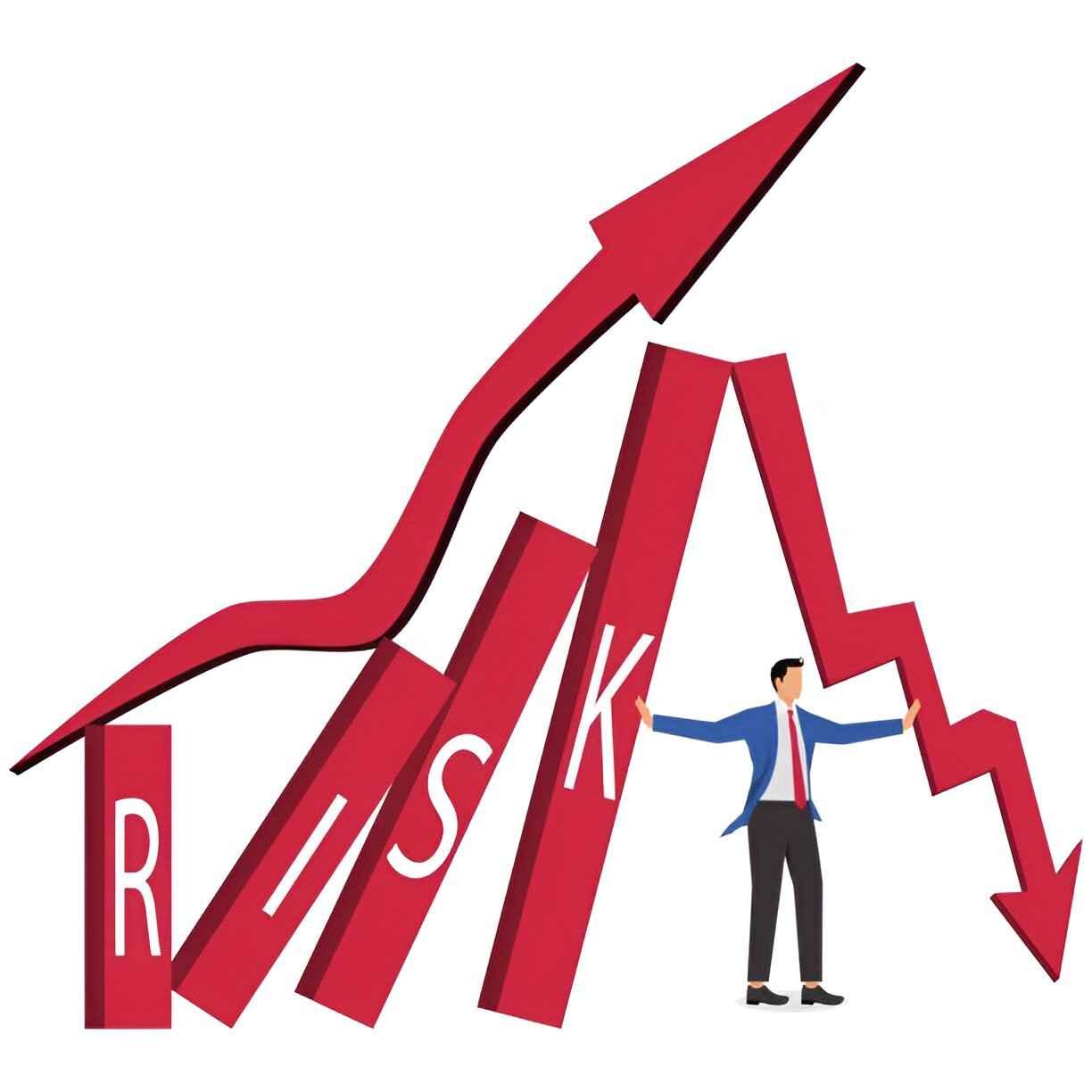Introduction
As a finance expert, I often get asked about aggressive growth mutual funds. Investors love the idea of high returns, but few fully grasp the risks involved. Aggressive growth funds target stocks with high growth potential, often in volatile sectors like technology or emerging markets. While they can deliver impressive gains, they also come with significant risks.
What Are Aggressive Growth Mutual Funds?
Aggressive growth mutual funds invest in companies expected to grow faster than the overall market. These funds focus on:
- Small-cap and mid-cap stocks – Companies with high growth potential but higher volatility.
- Sector-specific bets – Heavy allocations in tech, biotech, or emerging markets.
- Higher turnover – Frequent buying and selling to capitalize on short-term trends.
Unlike value or income funds, aggressive growth funds prioritize capital appreciation over dividends. This makes them riskier but potentially more rewarding.
Key Characteristics
| Feature | Aggressive Growth Fund | Large-Cap Growth Fund | S&P 500 Index Fund |
|---|---|---|---|
| Risk Level | High | Moderate | Low |
| Average Return | 10-15% (varies widely) | 8-10% | 7-9% |
| Volatility | High | Moderate | Low |
| Expense Ratio | 1.0-1.5% | 0.5-1.0% | 0.03-0.10% |
Measuring Risk in Aggressive Growth Funds
1. Standard Deviation (Volatility)
The standard deviation (\sigma) measures how much returns deviate from the mean. Higher standard deviation means higher risk.
For example:
- Fund A (Aggressive Growth): \sigma = 20\%
- Fund B (Large-Cap Blend): \sigma = 12\%
This means Fund A’s returns swing more wildly, increasing potential losses.
2. Beta (Market Sensitivity)
Beta (\beta) shows how a fund moves relative to the market (S&P 500).
- \beta > 1 = More volatile than the market
- \beta = 1 = Moves with the market
- \beta < 1 = Less volatile than the market
Most aggressive growth funds have a beta between 1.2 and 1.8, meaning they amplify market movements.
3. Sharpe Ratio (Risk-Adjusted Returns)
The Sharpe ratio (S) measures return per unit of risk:
S = \frac{R_p - R_f}{\sigma_p}Where:
- R_p = Portfolio return
- R_f = Risk-free rate (e.g., Treasury yield)
- \sigma_p = Standard deviation of portfolio returns
A higher Sharpe ratio means better risk-adjusted performance. Aggressive funds often have lower Sharpe ratios due to high volatility.
Major Risks of Aggressive Growth Funds
1. Market Risk (Systematic Risk)
Aggressive growth funds are highly sensitive to economic downturns. During the 2008 crisis, many lost 40-60% of their value.
2. Liquidity Risk
Many holdings are small-cap stocks with low trading volumes. If the market sours, selling positions becomes harder without significant price drops.
3. Manager Risk
These funds rely on active management. A poor manager can underperform even in strong markets.
4. Valuation Risk
High-growth stocks often trade at high P/E ratios. If growth slows, prices can crash.
Case Study: The Dot-Com Bubble
In the late 1990s, aggressive growth funds loaded up on tech stocks. When the bubble burst in 2000:
- Nasdaq fell 78% from peak to trough.
- Many aggressive growth funds lost 70-90% of their value.
This shows how quickly high-growth strategies can unravel.
Should You Invest in Aggressive Growth Funds?
Pros:
- High return potential in bull markets.
- Diversification if balanced with stable assets.
Cons:
- Extreme volatility can lead to large losses.
- Not ideal for short-term goals (less than 5 years).
Who Should Invest?
- Investors with high risk tolerance.
- Those with long time horizons (10+ years).
- People who can stomach large swings.
Final Thoughts
Aggressive growth mutual funds can turbocharge returns, but they come with steep risks. Before investing, assess your risk tolerance, time horizon, and overall portfolio balance. I recommend limiting exposure to 10-20% of your total investments unless you’re comfortable with extreme volatility.





